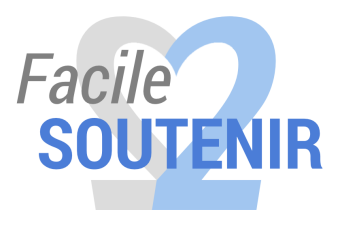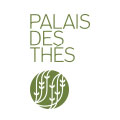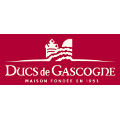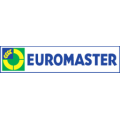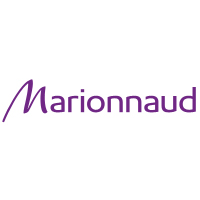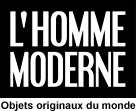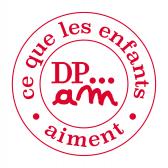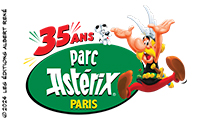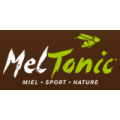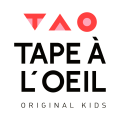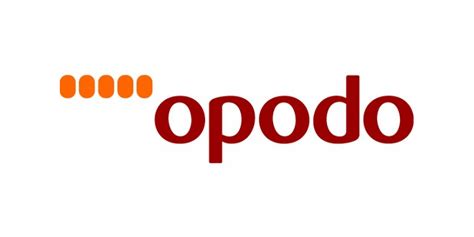Effect Factor and Research Level of quality: Assessing the Correlation Between Article Citation Rates along with the Science Robotics Journal
The effect factor is a widely used metric that attempts to evaluate the influence of scientific journals by measuring the standard number of citations received simply by articles published within a precise period. It serves as a proxy for the importance as well as quality of a journal within just its field. The Science Robotics journal, a prominent distribution within the rapidly growing area of robotics, provides an exciting case study for assessing the marriage between impact factor and research quality. This article explores the correlation between document citation rates and the impression factor of Science Robotics, examining whether a higher impression factor genuinely reflects the caliber of research being published.
Technology Robotics, launched in 2016, quickly established itself being a leading journal in the field of robotics, publishing groundbreaking research on topics ranging from autonomous techniques and human-robot interaction to https://blankitinerary.com/chiang-rai-four-seasons-golden-triangle-tented-camp.html#comment-266438 bioinspired robotics and tender robotics. Given the journal’s focus on cutting-edge research, it is impact factor has been closely watched by researchers, corporations, and funding bodies being an indicator of the journal’s effect and the quality of the investigation it disseminates.
The impact element of Science Robotics is calculated based on the number of references that articles published from the journal receive within a couple of years of publication. For instance, typically the 2023 impact factor could be determined by the number of citations with 2023 to articles printed in 2021 and 2022, divided by the total number connected with citable articles published with those years. While the effects factor provides a snapshot of an journal’s influence, it is essential to observe that it may not capture the full spectrum of research quality, currently influenced by various variables, including the popularity of the research subject, the size of the research community, and also the visibility of the journal.
One of several key questions in determining the relationship between impact component and research quality is if highly cited articles within Science Robotics are automatically of higher quality or scientific rigor. Citation rates can be influenced by factors besides the intrinsic quality of the research, such as the prominence on the authors, the novelty from the topic, or the presence of controversial findings that spur further research and talk. Moreover, highly cited articles or blog posts may include review papers or perhaps methodological papers that are generally referenced but do not necessarily bring about new empirical findings.
To explore the correlation between citation prices and research quality in Science Robotics, it is important to always check the nature of the articles that will contribute to the journal’s impact element. Research suggests that a small number of remarkably cited articles can disproportionately influence a journal’s impact factor, creating a skewed notion of the overall quality from the research published. For example , a paper that introduces a story methodology or theoretical platform may receive a high number regarding citations as it becomes a reference for subsequent studies. Nonetheless this does not imply that all posts in the journal are of the identical caliber.
Another consideration is the time lag between syndication and citation, which can vary depending on the field of examine. In fast-moving fields just like robotics, where technological developments occur rapidly, articles may well garner citations more quickly, contributing to a higher impact factor. Nonetheless this rapid citation pace may not always correlate having long-term research quality. Many studies may receive first attention due to their novelty nevertheless may not stand the test of time as further research difficulties or refines their findings. Therefore , while the impact factor captures short-term influence, it will not fully reflect the going through quality of the research.
The multidisciplinary nature of robotics research also plays a role in abrégé patterns. Articles published inside Science Robotics often pull from various disciplines, which include computer science, mechanical executive, biology, and cognitive scientific research. This cross-disciplinary appeal can cause higher citation rates since the articles are referenced by means of researchers from multiple areas. However , this does not necessarily reveal that the research is of higher high quality; it may simply reflect the broader applicability of the results. Additionally , interdisciplinary research can occasionally face challenges in fellow review, as the novelty as well as complexity of the work will not be fully appreciated by owners from a single discipline.
To assess the correlation between influence factor and research good quality, it is important to consider alternative metrics and approaches that game the impact factor. For example , the actual h-index, which measures the productivity and citation effect of an individual author or maybe journal, can provide a more nuanced view of research effect. Altmetric scores, which trail the attention that research content articles receive online through social websites, news outlets, and plan documents, can also offer observations into the broader impact on the research beyond traditional school citations. These metrics, when used in conjunction with the influence factor, can help provide a much more comprehensive assessment of exploration quality in Science Robotics.
Peer review remains a crucial component of assessing research quality, and the standards of expert review at Science Robotics play a significant role with ensuring that only high-quality studies published. The rigor on the review process, the expertise of the particular reviewers, and the transparency involving editorial decisions all contribute to the quality of the published content. However , peer review is absolutely not infallible, and the presence involving highly cited articles inside a journal with a high impact component does not guarantee that all publicized research is of equal top quality.
The relationship between impact issue and research quality inside Science Robotics is complicated and multifaceted. While a high impact factor can suggest a journal’s influence and the relevance of its research to the scientific community, it is far from a definitive measure of analysis quality. Citation rates, inspired by various factors, provide only a partial view on the scientific rigor and long lasting value of the research. A more cutting edge of using approach to assessing research quality in Science Robotics must evaluate a range of metrics, peer review standards, and the broader effects of the research on the industry and society. This approach will offer a more accurate and purposeful evaluation of the journal’s charitable contributions to the rapidly evolving industry of robotics.
